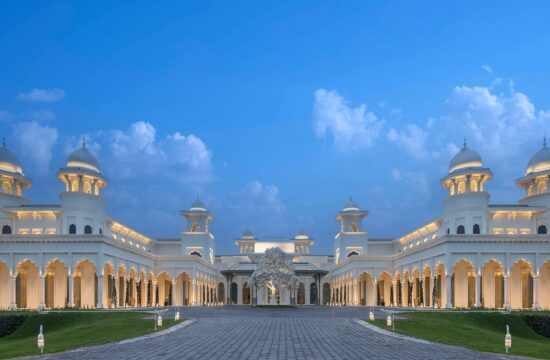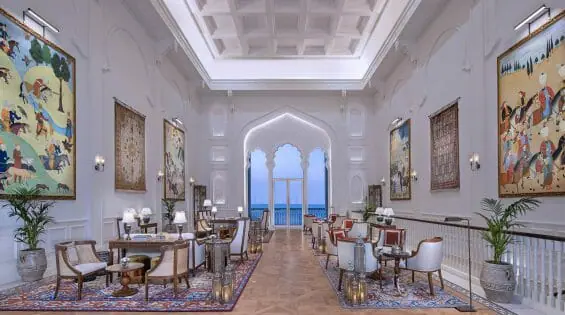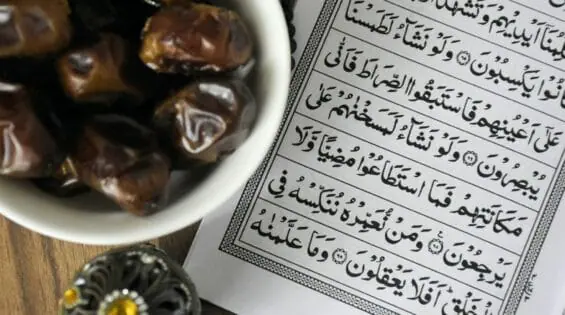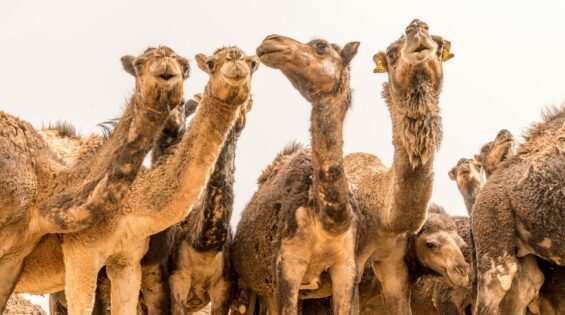If These Walls Could Talk: An In-Depth Interview with Jeremy Heyes, Managing Principal WATG EMEA, and Rachel Johnson, Managing Principal, Wimberly Interiors, for The Chedi Katara in Doha
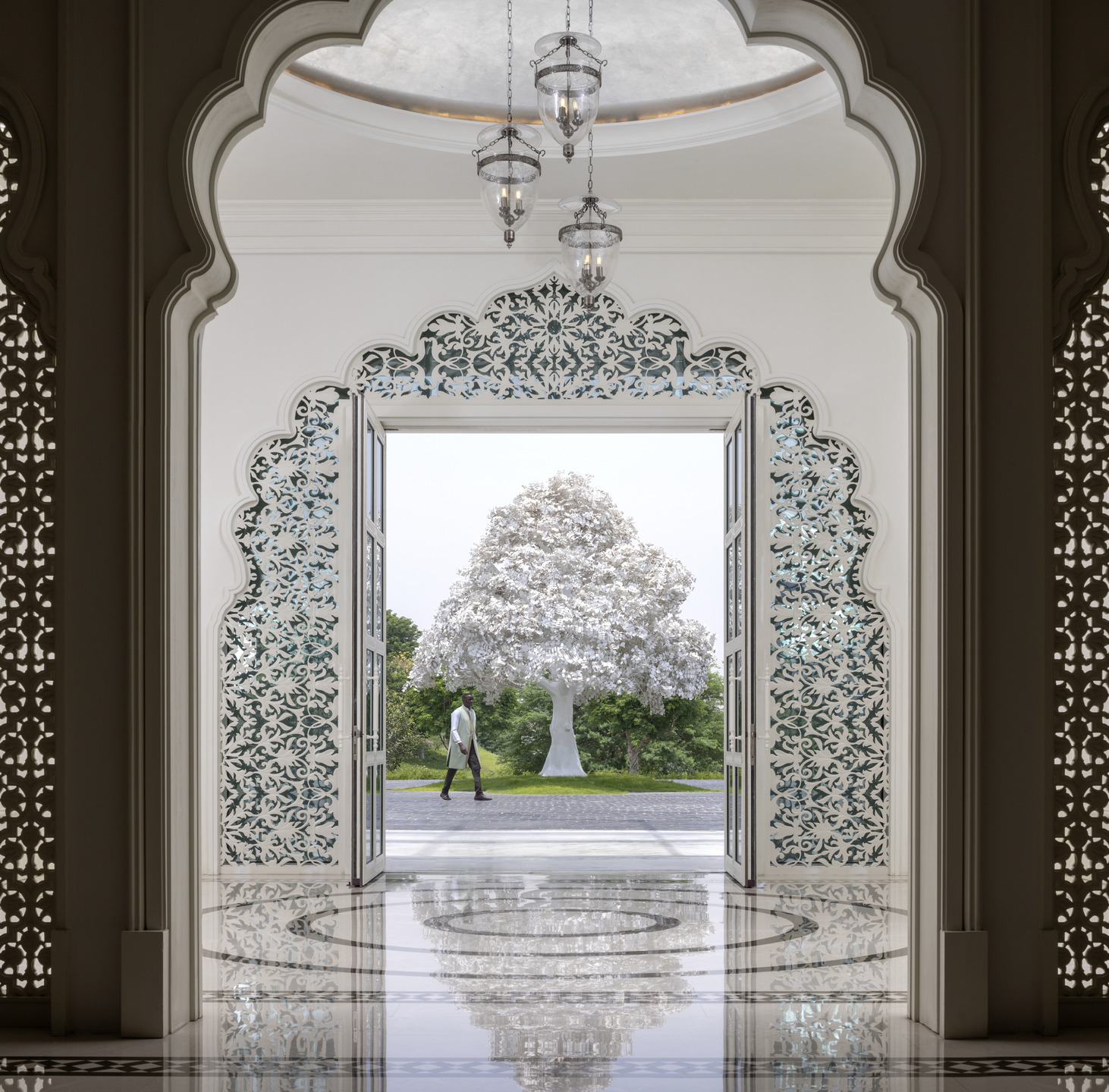
Nestled within the cultural heartbeat of Doha, The Chedi Katara Hotel & Resort stands as a distinguished masterpiece — an embodiment of architectural finesse, enchanting visitors since its grand opening in 2022. Synonymous with opulence and sophistication, The Chedi Katara has seamlessly evolved into a cultural icon within the Katara Cultural Village. Over a year since its inauguration, Rachel Johnson, the Managing Principal at Wimberly Interiors, and Jeremy Heyes, Managing Principal WATG EMEA, share their invaluable insights into the genesis of this Qatari gem, unravelling the inspirations and aspirations that breathed life into the project.
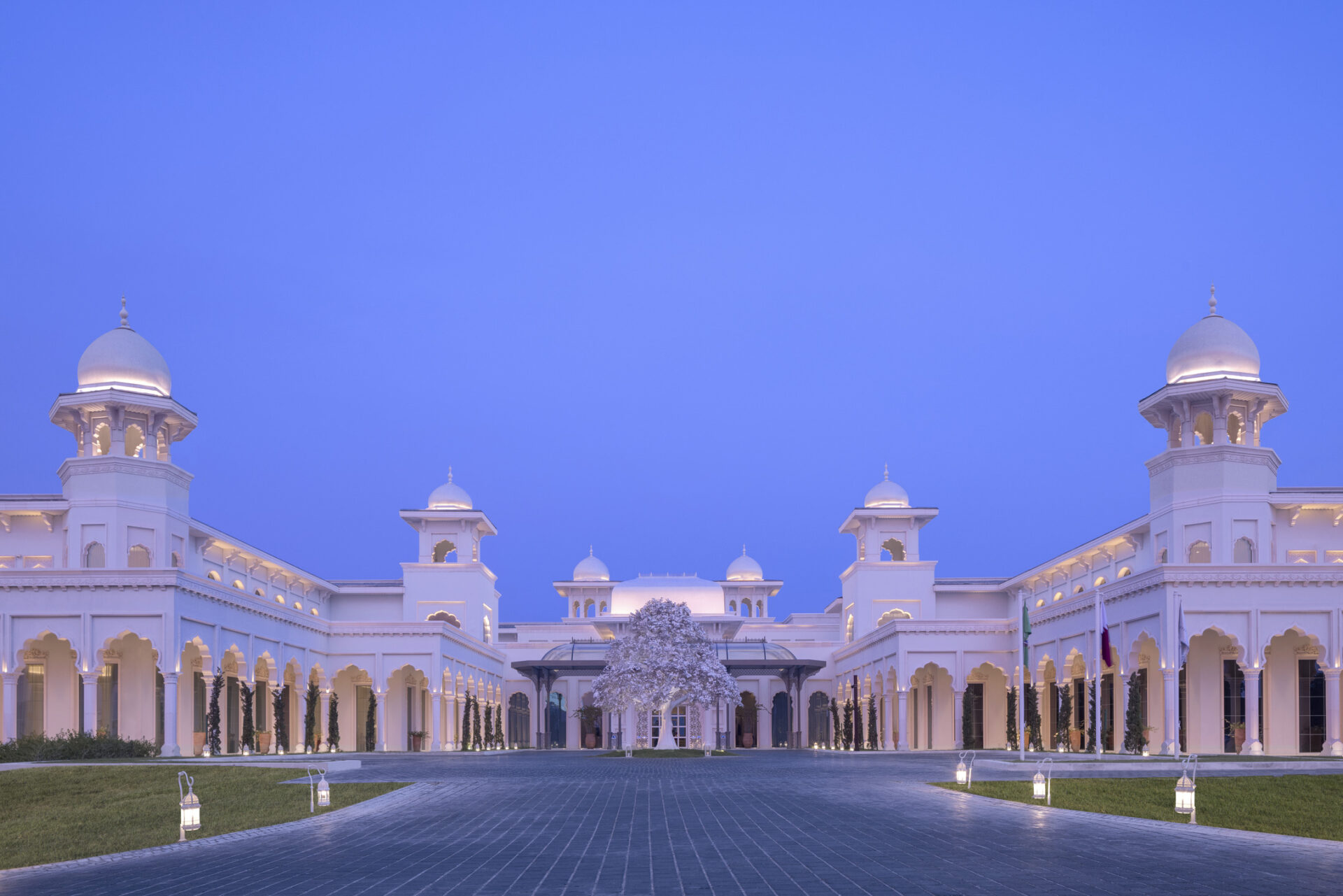 Photographs by Gerry O’Leary for WATG and Wimberly Interiors
Photographs by Gerry O’Leary for WATG and Wimberly Interiors
Jeremy Heyes reflects, “The Chedi has always been an iconic contemporary upper upscale luxury brand.” This sentiment also echoes in Rachel Johnson’s words as she exclaims, “The Chedi Muscat in Oman is one of my favourite hotels and a brand I always admired,” showcasing her admiration for the brand underpinning her involvement.
Building upon this foundation of luxury, the design team intentionally chose Mughal architecture as the defining style unfolded from recent travels and a deep appreciation for the region’s historical aesthetic. Jeremy details, “The client had recently travelled to Rajasthan and had been inspired by the beauty of the many Mughal Palaces within the region.”
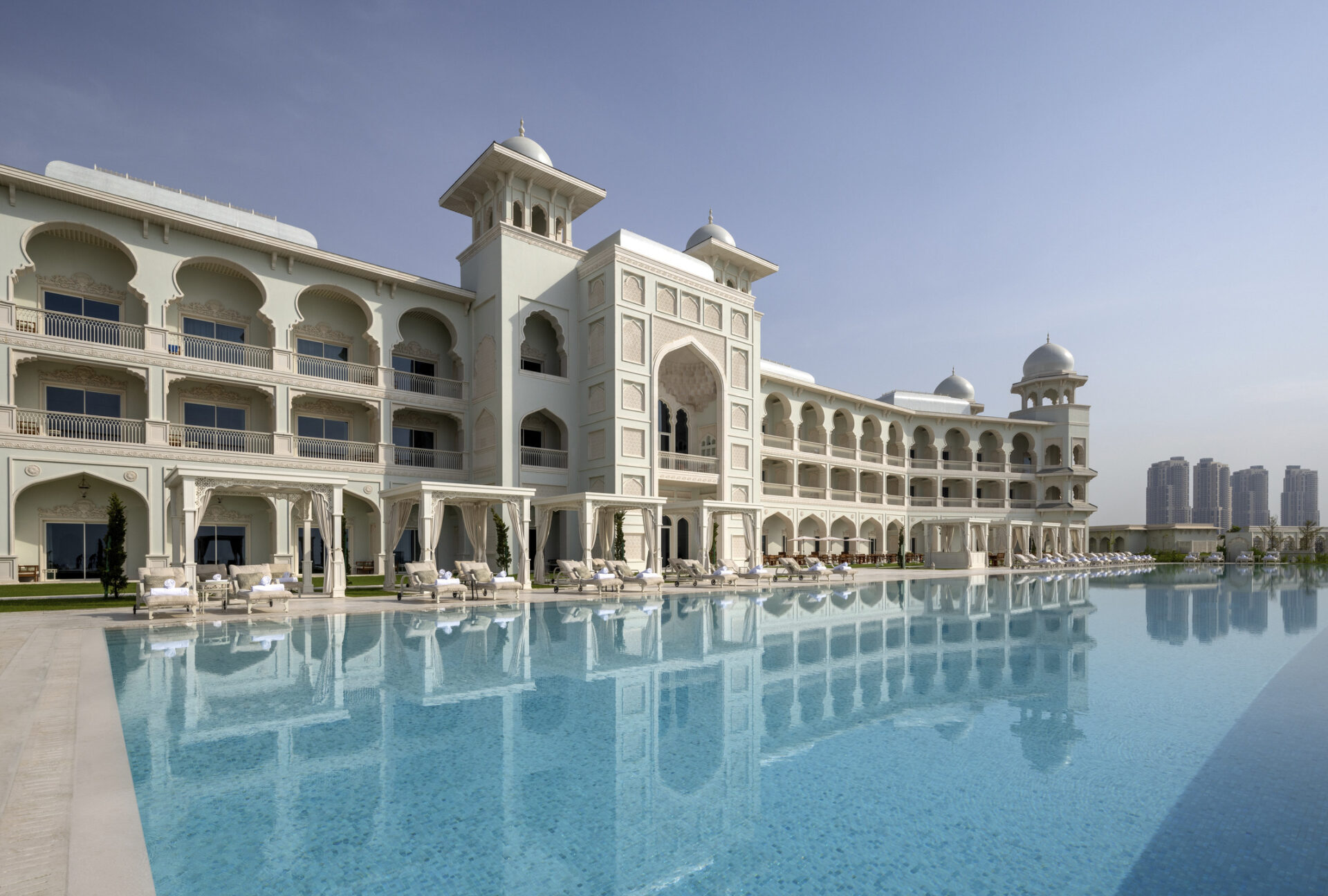 Photographs by Gerry O’Leary for WATG and Wimberly Interiors
Photographs by Gerry O’Leary for WATG and Wimberly Interiors
Contrary to expectations of incongruity, Jeremy believes the hotel’s design pays homage to the architectural diversity celebrated at Katara Cultural Village – a microcosm of artistic and cultural expression, a hub of commercial creativity and a recreational haven. Set against the backdrop of Doha’s skyline, this dynamic destination boasts art galleries, theatres, concert halls, and a private stretch of pristine beach. Jeremy describes the project’s integration with its environment: “The whole project sits atop a man-made berm at the end of the beachfront promenade at KCV. All 90 guest keys and the restaurants are orientated with direct views over the beach. The villas are strategically situated to afford a more private aspect, overlooking the canal north of the site.” He summarises, “The arrangement fits the site configuration perfectly.”
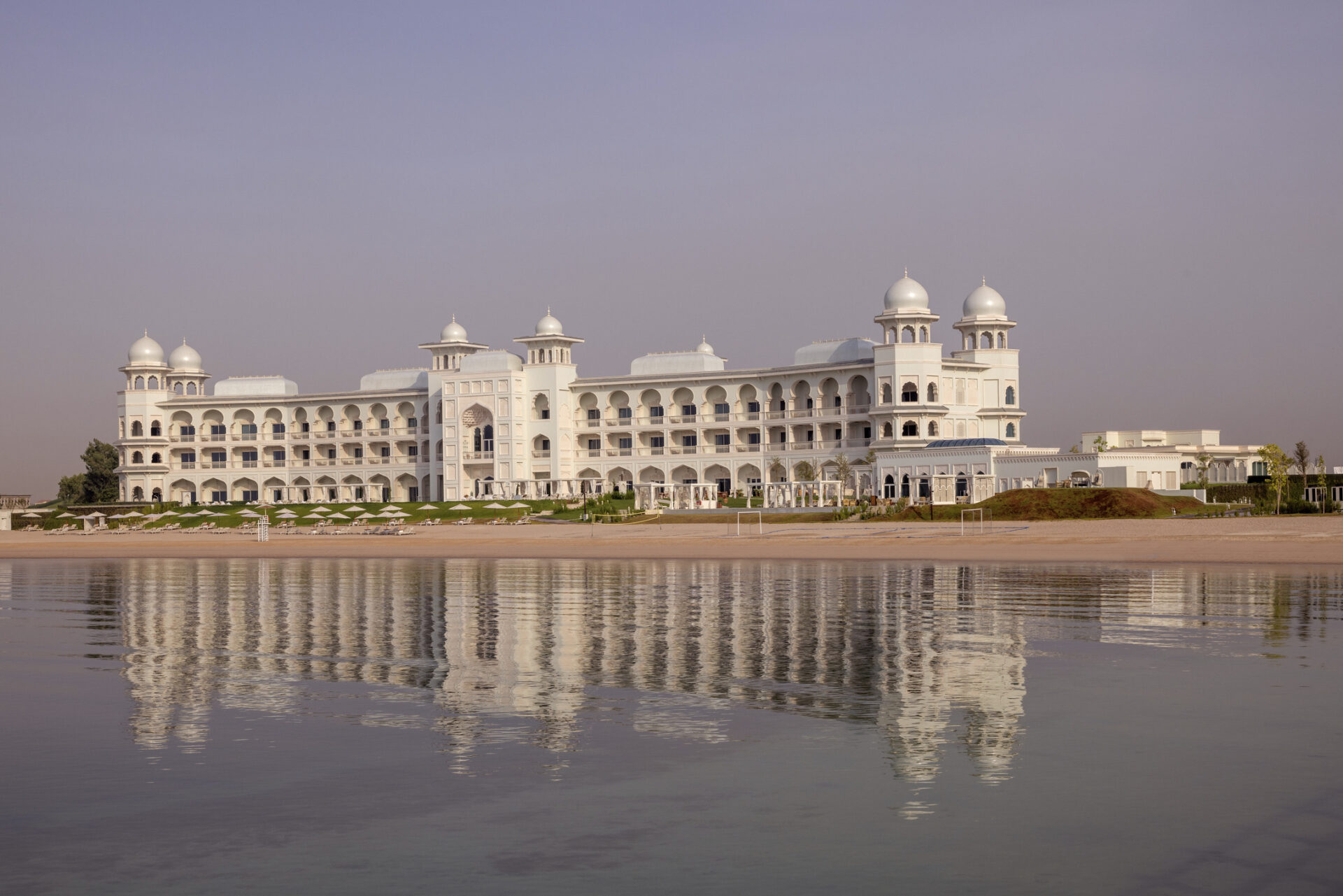 Photographs by Gerry O’Leary for WATG and Wimberly Interiors
Photographs by Gerry O’Leary for WATG and Wimberly Interiors
Rachel highlights the deliberate and thoughtful selection of materials for The Chedi Katara’s construction, underscoring their key role in the hotel’s atmosphere of timeless elegance. She explains that the choice of materials was guided by a desire for understated richness, with “the palette of materials is muted, with natural beauty designed to mature over time, to create a timeless interior.” Further, she adds, “The natural stone balanced by the richness of the timbers is enhanced by the textures and the softness of the carpets and fabrics, […] to the mouldings of the arches and panelling throughout all areas of the property.” This thoughtful curation of materials creates a harmonious and luxurious interior to ensure that the aesthetic appeal grows with time, allowing each element to develop its characteristics as it ages.
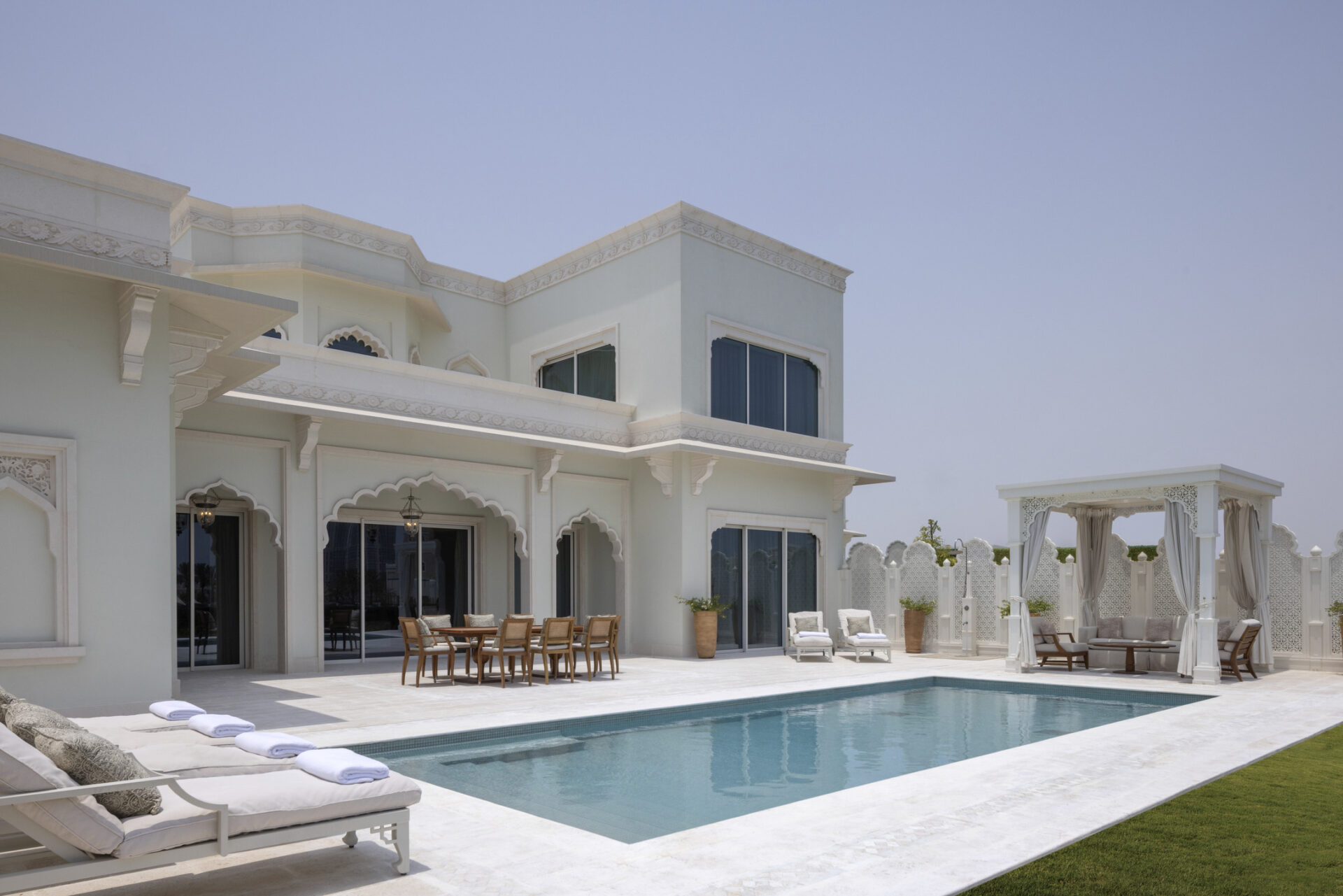 Photographs by Gerry O’Leary for WATG and Wimberly Interiors
Photographs by Gerry O’Leary for WATG and Wimberly Interiors
A carefully curated selection of artwork further enriches The Chedi Katara’s interior narrative, each resonating with the brand’s distinctive codes. Rachel articulates the symbiotic relationship between the art and the hotel’s design philosophy, “Keeping true to the spirit of the design, the art enhances our design intent beautifully and subtly, reinforcing the residential spirit of this property.”
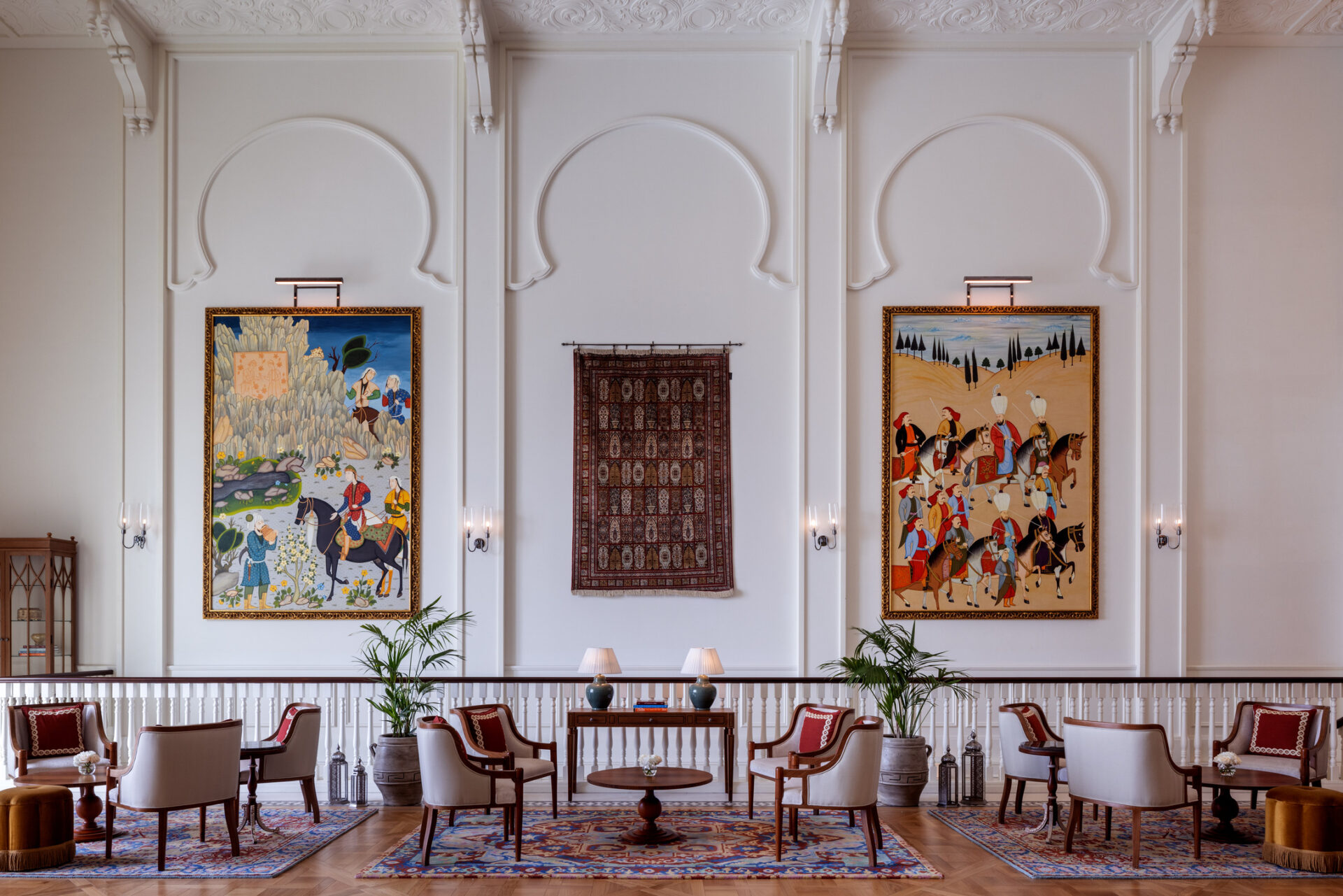 Photographs by Gerry O’Leary for WATG and Wimberly Interiors
Photographs by Gerry O’Leary for WATG and Wimberly Interiors
From the intricate details to the structural foundation, Jeremy delves into the building process, spotlighting the efficiency driven by modern technology: “The secret behind this success is thanks to WATG’s design and detailing of all the stone ornamentation such as the muqarnas which were modelled with a 3D BIM environment.” This innovation allowed for precise stone-cutting, significantly reducing production time.
The essence of The Chedi Katara’s design lies in offering guests an immersive experience that authentically reflects the local culture and history. This is evident in how the hotel’s architecture mirrors its destination, drawing inspiration from the rich and intricate architectural heritage of the Ottoman Empire. The design elements resonate deeply with the region’s traditional aesthetic values and sophisticated construction techniques.
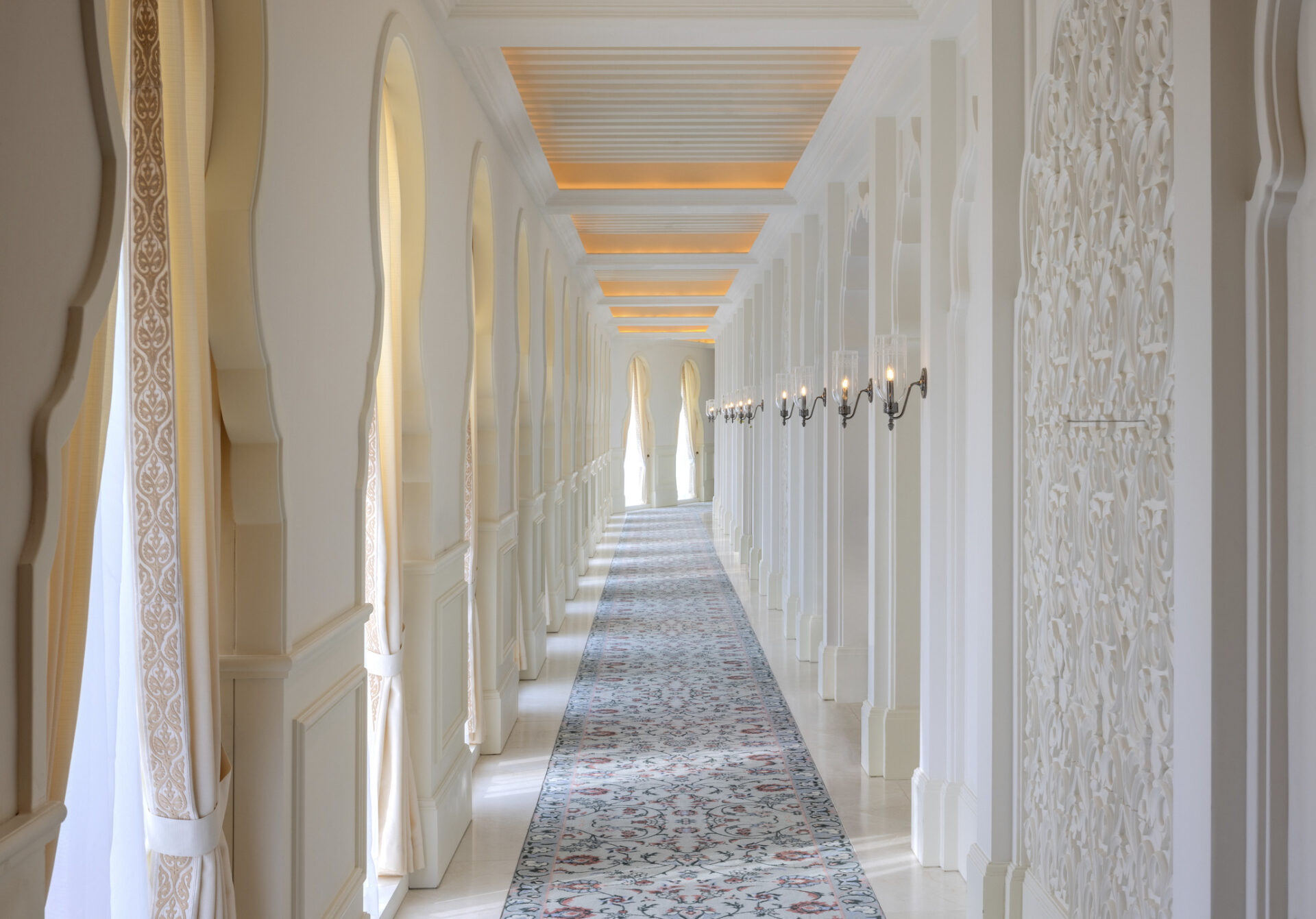 Photographs by Gerry O’Leary for WATG and Wimberly Interiors
Photographs by Gerry O’Leary for WATG and Wimberly Interiors
Jeremy further emphasises the importance of arches in the hotel’s design, stating, “The arches are typical for the region; you will notice on the main elevation to the beachfront that there are three tiers of arches.” This choice pays tribute to the grandiosity and sophistication that were hallmarks of Ottoman design, where arches signified transitions between spaces.
The hotel’s domed structures reinforce the connection to Ottoman architectural achievements. “The Ottoman architects and builders perfected the design of domes throughout their empire in palaces and mosques,” a historical fact that is elegantly echoed in the hotel’s own domes, beautifully clad in pearlescent mosaic tiles. The choice of light green porcelain mosaic roof tiles by Solus is a nod to the historical significance of the Mughal palaces of Rajasthan, seamlessly integrating with the building facades’ warm colour.
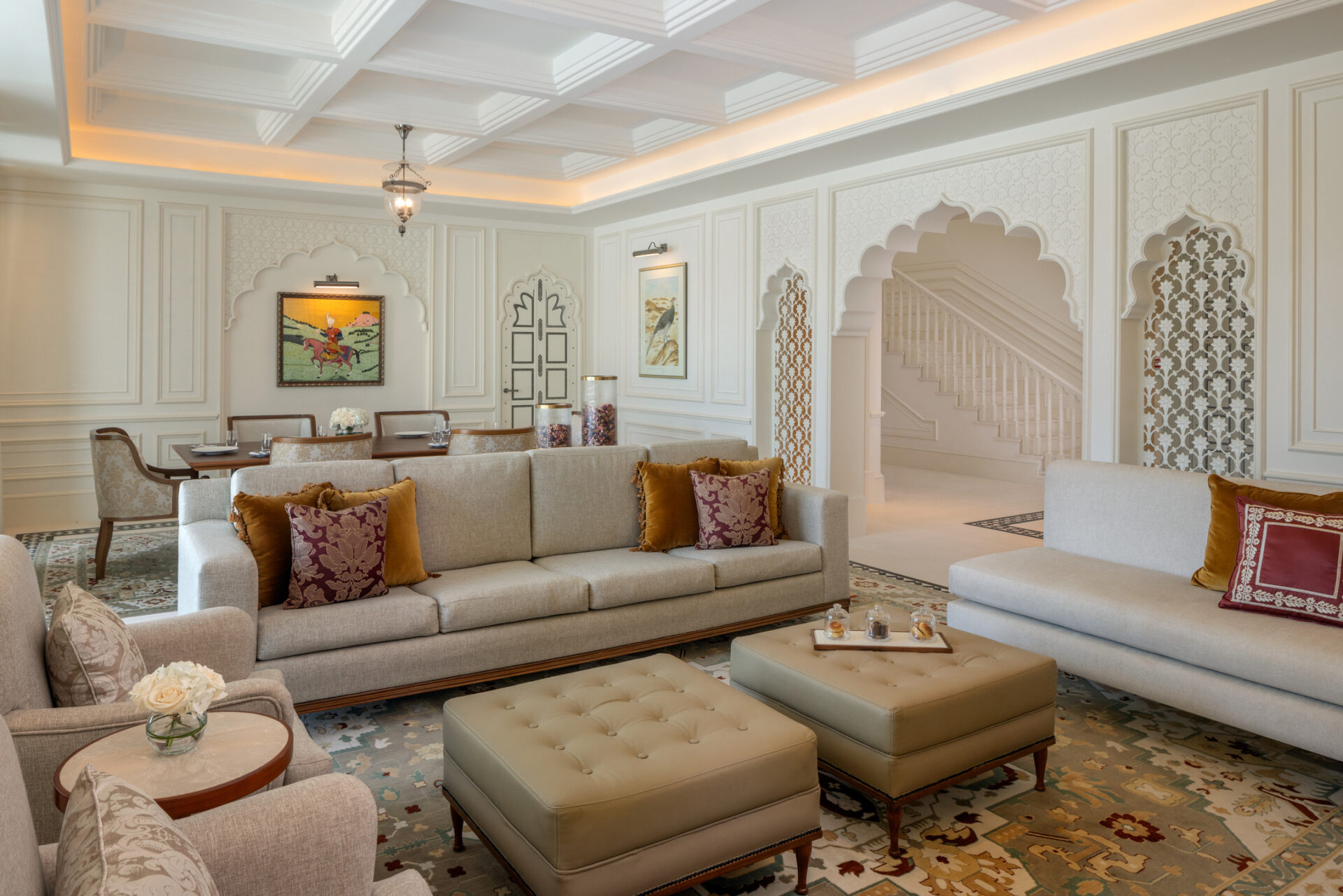 Photographs by Gerry O’Leary for WATG and Wimberly Interiors
Photographs by Gerry O’Leary for WATG and Wimberly Interiors
The Olympic-sized swimming pool, strategically incorporated into the hotel’s design, aligns with The Chedi brand’s luxury standard and draws inspiration from reflective pools in traditional Mughal architecture—a sanctuary within the desert, offering guests a refreshing respite with a cool dip amidst the dry heat.
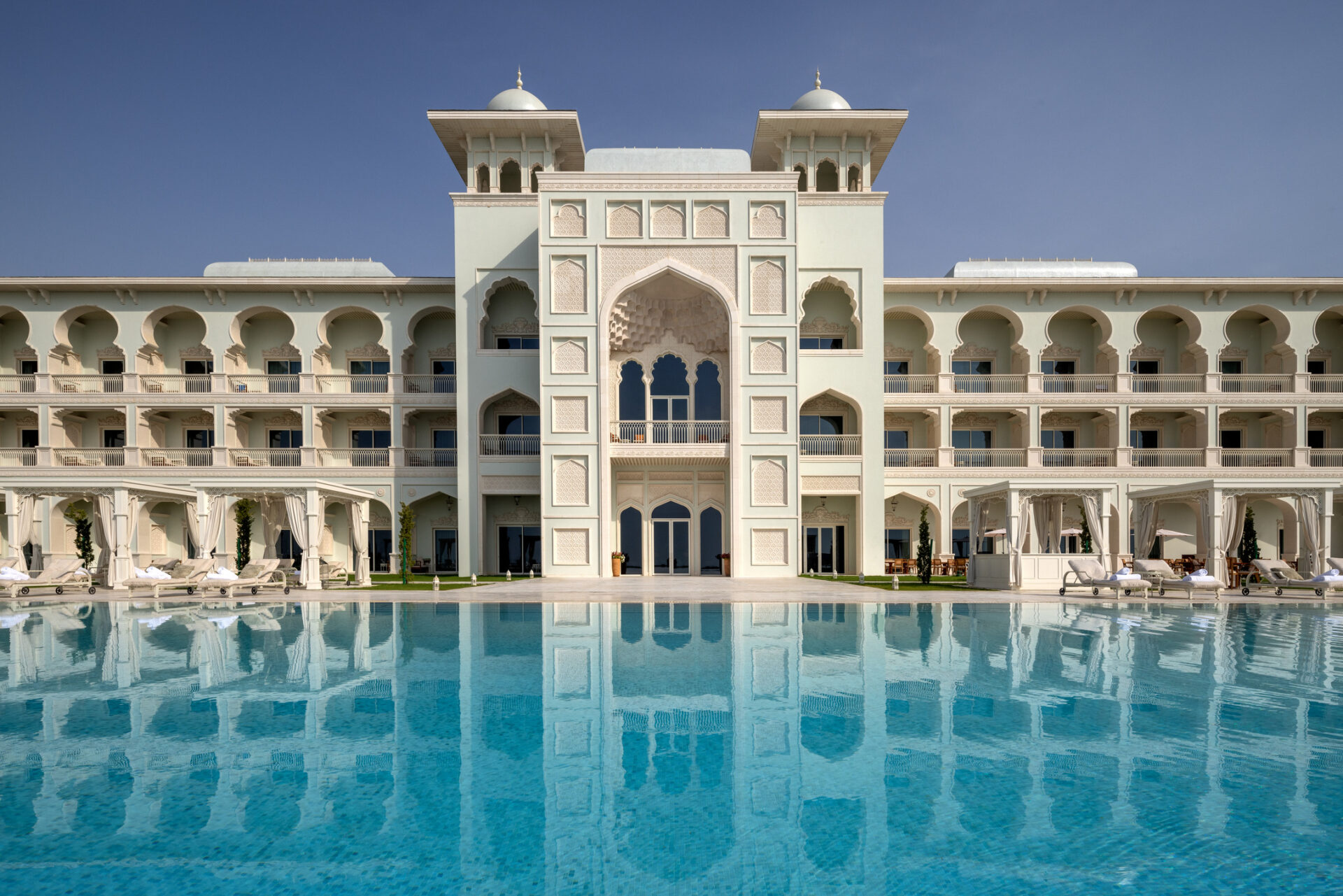 Photographs by Gerry O’Leary for WATG and Wimberly Interiors
Photographs by Gerry O’Leary for WATG and Wimberly Interiors
If these walls could talk, they would resonate with the insights shared by Jeremy Heyes and Rachel Johnson, telling a narrative of design that meticulously combines the grandeur of the past with the sophistication of the present. This property encapsulates the delicate balance of preserving time-honoured architectural codes while providing the contemporary comforts and luxuries that today’s traveller desires, speaking to a legacy of design.
Discover the captivating journey behind The Chedi Katara Hotel & Resort through our exclusive interview with Jeremy Heyes and Rachel Johnson. Immerse yourself in the opulent fusion of contemporary luxury and timeless elegance inspired by the rich architectural heritage of the Ottoman Empire. Experience this cultural masterpiece firsthand, and plan your visit to The Chedi Katara — a GHM hotel that seamlessly blends history and sophistication

